Should the bottom and adjacent edges of a pork chop eave return be at 90 degrees to each other? The reason I ask is I’m replacing one that has some rot and when I measure it the back edge is angled backward, is not 90 degrees to the bottom edge, and is not fully in line with the corner trim board below.
Discussion Forum
Discussion Forum
Up Next
Video Shorts
Featured Story

Listeners write in about shower panels and cordless tools and ask questions about old wiring, air leaks, and gutter covers.
Featured Video
How to Install Cable Rail Around Wood-Post CornersHighlights
Fine Homebuilding Magazine
- Home Group
- Antique Trader
- Arts & Crafts Homes
- Bank Note Reporter
- Cabin Life
- Cuisine at Home
- Fine Gardening
- Fine Woodworking
- Green Building Advisor
- Garden Gate
- Horticulture
- Keep Craft Alive
- Log Home Living
- Military Trader/Vehicles
- Numismatic News
- Numismaster
- Old Cars Weekly
- Old House Journal
- Period Homes
- Popular Woodworking
- Script
- ShopNotes
- Sports Collectors Digest
- Threads
- Timber Home Living
- Traditional Building
- Woodsmith
- World Coin News
- Writer's Digest

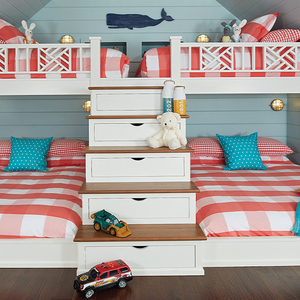
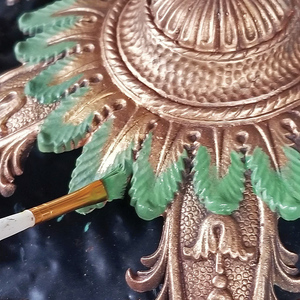
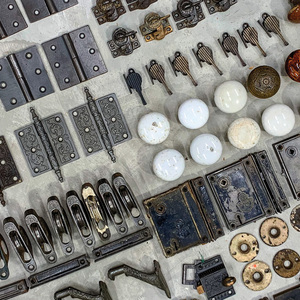
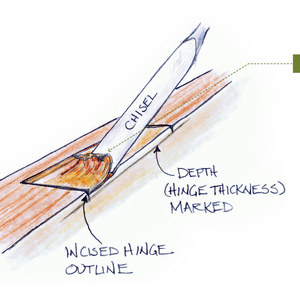







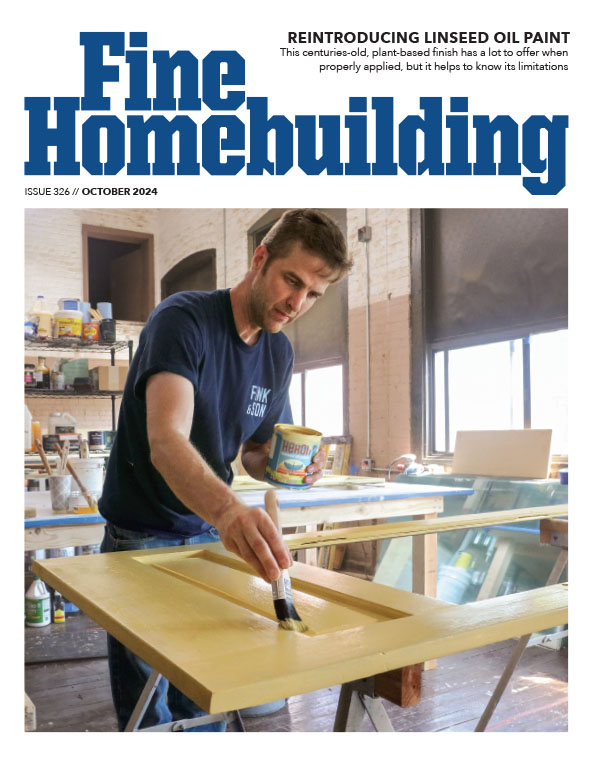





Replies
Not a commandment set in stone. Does the return not have a sibling you can match?
The return is still on he house and intact. My plan is to make a patch out of PVC which will replace the pork chop and part of the rotted rake that the pork chop abuts. (I saw this in an FHB article). The patch is laid over the area and cut around with an oscillating multi tool. I laid out the patch by taking measurements off the return area. I made the patch with a 90 degree angle on the area over the chop but when I laid it over the existing return I found that the existing chop slopped backward and was not 90 degrees. I was curious why the chop wasn't 90 degrees. Maybe because it was field cut or followed the rake angle? I thought it would look better if the back edge of the chop lined up with the vertical corner trim board that it covers.